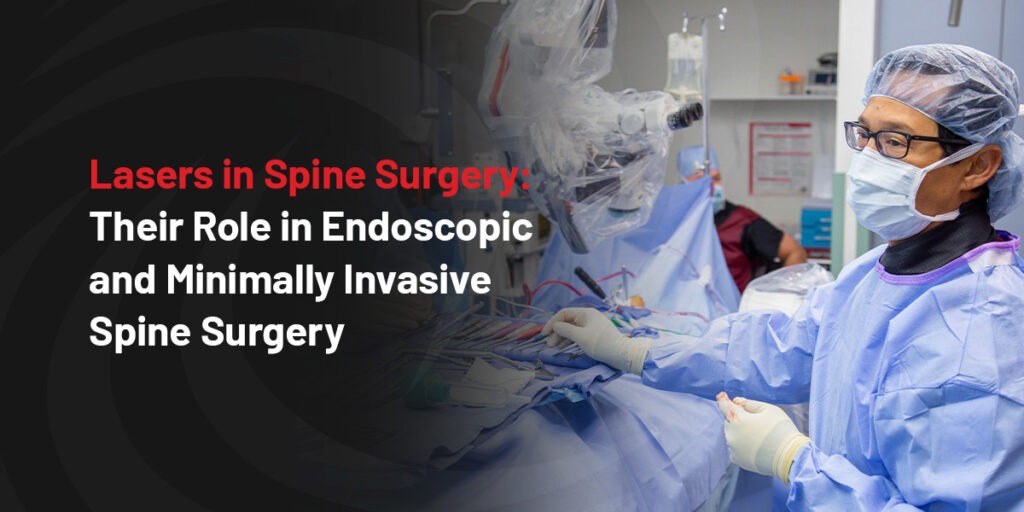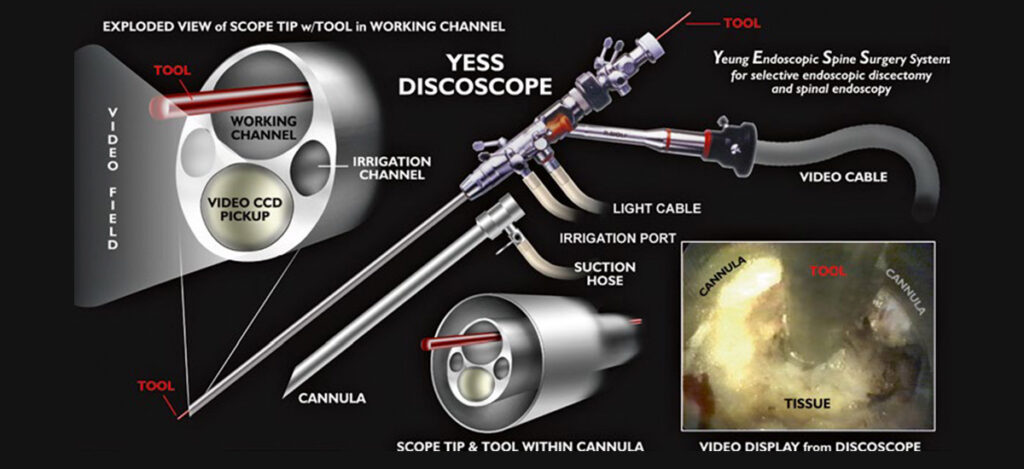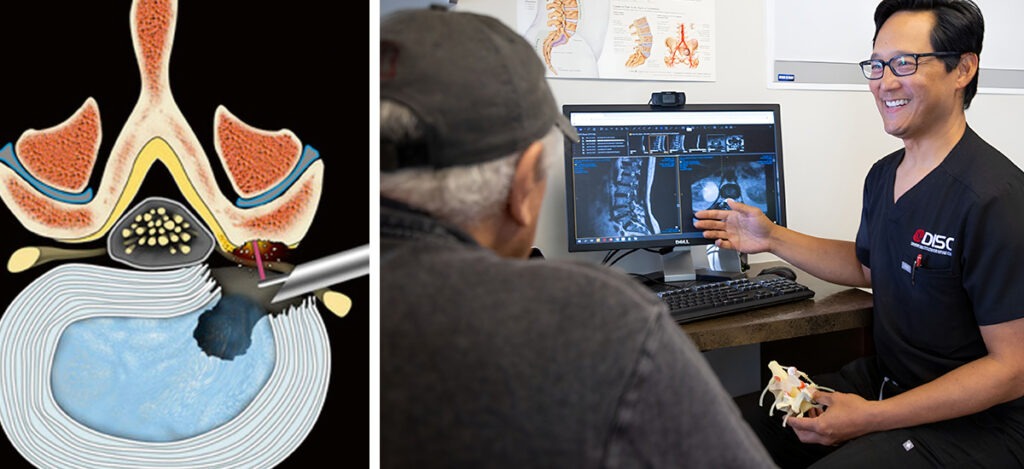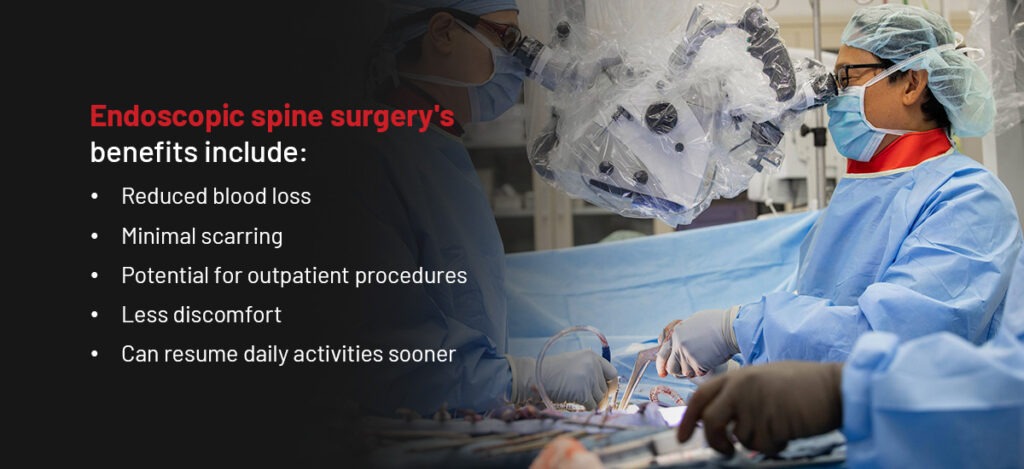
Back pain and spinal conditions afflict a significant portion of the population, with nearly 40% of adults in the United States grappling with chronic back pain and related issues. Amidst this landscape, the allure of laser spine surgery has emerged as a potential remedy. This innovative instrument leveraging laser technology has been marketed as a miracle cure for back pain. However, understanding its true nature and effectiveness is vital for informed decision-making.
In the quest for effective solutions to spinal conditions, medical advancements have introduced various surgical techniques that promise quicker recovery times and reduced trauma. One such technique that has garnered attention is laser spine surgery. However, as medical knowledge evolves, it becomes increasingly important to critically examine the claims of laser spine surgery while exploring alternative options that offer tangible benefits. This article aims to debunk the myths surrounding laser spine surgery and shed light on the advantages of minimally invasive and endoscopic spine surgery.
While the concept of laser spine surgery might seem enticing, it’s important to note that no standardized procedure is recognized by reputable medical institutions such as the American Academy of Orthopaedic Surgeons under the moniker “Laser Spine Surgery.” The term often refers to using lasers as part of broader surgical techniques, primarily in minimally invasive and endoscopic spine surgeries.

Lasers are often presented as a miraculous solution for various painful spinal conditions. In modern medicine, LASER (Light Amplification by Stimulating Emission of Radiation) has emerged as an instrument of precise ablation in various surgical procedures, including spine surgery.
However, laser usage constitutes only a part of the comprehensive procedure and is not typically the decisive factor determining the overall success or failure of the treatment. In spine surgery, a laser is employed to target and reduce problematic tissues, like herniated discs, bone spurs, or other spinal irregularities causing nerve compression or irritation. The focused, intense light energy emitted by the laser can ablate or coagulate tissues, offering pain relief and enhancing functionality.
Lasers in Endoscopic Spine Surgery – Targeted & Precise
In minimally invasive spine procedures, such as endoscopic spine surgery, where the working area for tools is limited, lasers prove effective in treating tissues without obstructing the surgeon’s view. The Hol:YAG laser stands out as the most commonly utilized laser in spine surgery, delivered through small fiber optics and equipped with probes featuring side-firing and steerable straight-firing capabilities. This versatility enables the treatment of challenging, hard-to-reach areas within the surgical field.

The precision of the treatment area allows lasers to be safely employed near sensitive structures like nerve roots. In spine surgery, lasers find significant utility in endoscopic lumbar discectomies, foraminal decompression (foraminoplasty), and facet nerve ablation.
Potential Complications with Lasers in Spine Surgery
A recent article – “Lasers in Spine Surgery,” published in the Journal of the American Academy of Orthopaedic Surgeons, concluded that lasers add “distinct potential complications without any corresponding clinical benefits” It is important to note potential complications associated with lasers, including neurologic injury, vertebral osteonecrosis, and aseptic discitis. These complications can be mitigated by selectively targeting the laser beam to avoid direct focus on nerves or vertebral endplates and by avoiding prolonged, continuous firing that may lead to heat buildup in adjacent tissues.
Realistic Expectations
However, patients need to have realistic expectations about lasers in spine surgery. The perceived advantages are sometimes exaggerated, leading to unrealistic expectations among patients seeking quick fixes.
It’s not a miraculous fix for all spine problems. The appropriateness of laser technology depends on the specific condition and the patient’s medical history. The laser, used in endoscopic spine surgery, can be very effective and precise instrument in the experienced hands of an endoscopic spine surgeon. Traditional surgical techniques might be the best option in many cases.
Patients should approach the term “laser spine surgery” with caution. Not all procedures claiming to use lasers have equal benefits or outcomes. Choosing a reputable medical center with experienced surgeons who can assess whether laser technology is the best option for your spine issue is crucial. Remember whether an instrument is a solution or a surgical procedure.
In contrast to the laser hype, minimally invasive spine surgery offers a proven track record and well-established benefits. This approach involves one or two small incisions and reduced muscle disruption compared to traditional open surgery. Specialized instruments and advanced imaging allow surgeons to access the affected area while minimizing trauma to surrounding tissues. This results in reduced postoperative pain, shorter hospital stays and faster recovery.
Endoscopic spine surgery takes the concept of minimally invasive surgery to the next level by employing state-of-the-art technology. Through tiny ¼ inch incisions, surgeons insert a thin tube with a camera and light source, enabling visualization of the surgical site on a screen. This technique provides high-definition spine views, allowing surgeons to perform complex procedures with remarkable precision.

Endoscopic spine surgery’s benefits include reduced blood loss, minimal scarring and the potential for outpatient procedures. Patients often experience less discomfort and can resume daily activities sooner than with minimally invasive and traditional open surgeries.
Here are some facts about minimally invasive and endoscopic spine surgery:
They can be used to treat numerous spinal issues that affect your neck and back. Some of the most common conditions laser back surgery can help with include:
As patients consider surgical interventions for spinal issues, it is crucial to approach the decision with a balanced perspective. The myths surrounding laser spine surgery must be debunked by critically examining evidence. Instead, patients can opt for minimally invasive or endoscopic spine surgery, benefiting from proven techniques including the use of a laser, that offer tangible advantages. By collaborating closely with qualified spine specialists, patients can make informed choices, prioritizing short-term relief and long-term well-being.
At Desert Institute for Spine Care (DISC), we understand how limiting a spinal injury or condition can be. That’s why our team of board-certified surgical specialists is here to help you find relief from your pain so you can start enjoying life again. We’ll help you find the least invasive treatment available that can help you find relief from your condition.
Our surgical specialists have been using lasers safely in our endoscopic procedures for 20 years. They can offer minimally invasive treatments to reduce recovery time while getting you back on your feet. Contact us today to speak to a specialist about our treatment options or schedule an appointment.
